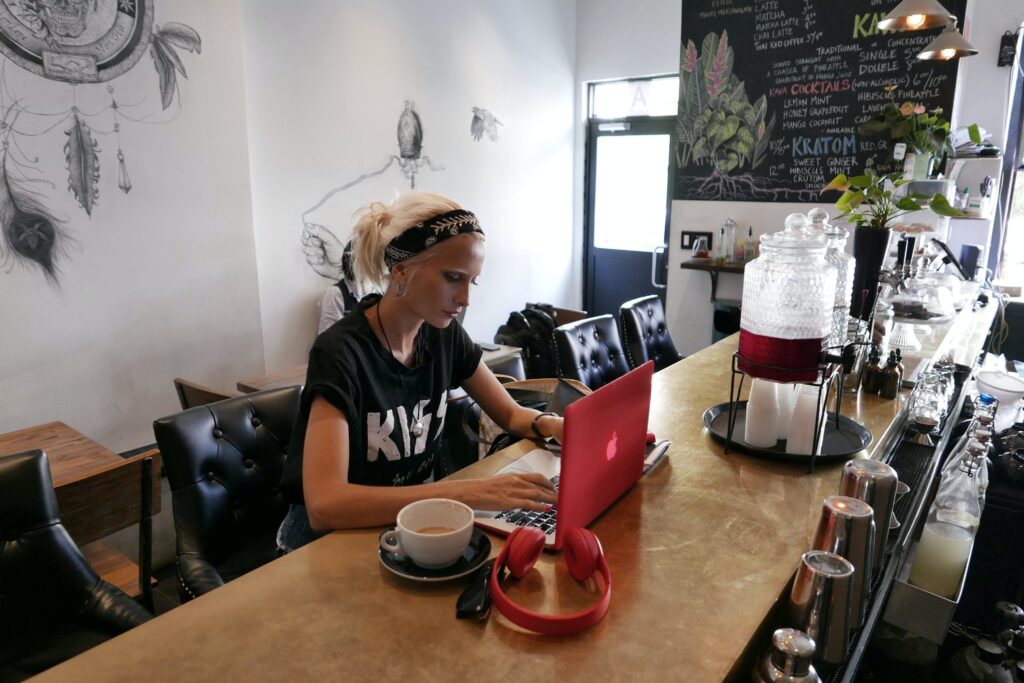The global tourism industry, an essential component of the world economy, has faced unprecedented challenges during the COVID-19 pandemic. As countries grappled with the dual challenges of curbing the spread of the virus and maintaining economic stability, innovative solutions such as travel bubbles and safe zones emerged as crucial mechanisms to revive tourism while safeguarding public health. These strategies not only offer a glimpse into the future of travel but also highlight the adaptability and resilience of the industry in times of crisis.
The Concept of Travel Bubbles
Travel bubbles, also known as “air travel corridors,” represent a bilateral or multilateral agreement between countries or regions that allows for the resumption of travel between them with fewer restrictions. This concept emerged as a pragmatic response to the challenges posed by varying levels of COVID-19 containment across different regions. The primary objective of travel bubbles is to facilitate safe and controlled movement of travelers while minimizing the risk of virus transmission.
Travel bubbles are built on the principle of mutual trust and cooperation. Participating countries or regions agree to uphold similar standards of health and safety protocols, thus reducing the risk of cross-border transmission. These agreements typically include provisions for testing, quarantine exemptions, and health monitoring to ensure that travelers are protected and that the spread of the virus is minimized.
One notable example of a successful travel bubble is the arrangement between Australia and New Zealand, which was established in April 2021. This bubble allowed travelers from these two countries to move freely between them without the need for quarantine, provided they met specific health and safety criteria. The success of this initiative demonstrated that, with stringent protocols and clear communication, it is possible to revive international travel in a controlled manner.
Safe Zones: Creating Controlled Environments
In addition to travel bubbles, the concept of safe zones has gained traction as a way to create controlled environments where travelers can experience tourism with minimal risk. Safe zones are designated areas where health and safety measures are rigorously implemented to ensure that both locals and visitors are protected from COVID-19. These zones can be established within a country or across borders, depending on the level of collaboration between governments and stakeholders.
Safe zones typically involve the creation of “COVID-free” environments where travelers are subjected to regular testing, health screenings, and adherence to strict hygiene protocols. Hotels, resorts, and tourist attractions within these zones often implement enhanced cleaning procedures and social distancing measures to further mitigate the risk of infection. By maintaining high standards of health and safety, safe zones aim to offer travelers a sense of security and confidence.
An example of a successful safe zone initiative is the “Safe Travels” program launched by the World Travel & Tourism Council (WTTC). This program provides a global stamp for destinations that have implemented rigorous health and safety protocols. The Safe Travels stamp helps travelers identify destinations that prioritize their well-being, thus encouraging safe and responsible tourism.
The Future of Travel Bubbles and Safe Zones
As the world continues to navigate the evolving landscape of the pandemic, travel bubbles and safe zones are expected to play a pivotal role in the future of tourism. These innovations not only address the immediate challenges posed by COVID-19 but also offer valuable insights into the future of global travel.
One key aspect of the future of travel bubbles and safe zones is the potential for technological integration. Advances in digital health passports, contactless technology, and real-time health monitoring systems are likely to enhance the efficiency and effectiveness of these initiatives. For example, digital health passports could streamline the process of verifying travelers’ health status and vaccination records, thereby facilitating smoother and safer travel.
Furthermore, the success of travel bubbles and safe zones could lead to the development of more comprehensive and standardized protocols for international travel. As countries and regions collaborate to create safe travel environments, the establishment of global standards and best practices could become a reality, further enhancing the resilience of the tourism industry.
Conclusion
Travel bubbles and safe zones represent innovative and adaptive responses to the challenges faced by the tourism industry during the COVID-19 pandemic. By fostering international cooperation and implementing stringent health and safety measures, these strategies have enabled the revival of travel while prioritizing public health. As the world moves towards a post-pandemic future, the lessons learned from these initiatives will likely shape the evolution of global tourism, highlighting the importance of resilience, innovation, and collaboration in navigating future challenges.







